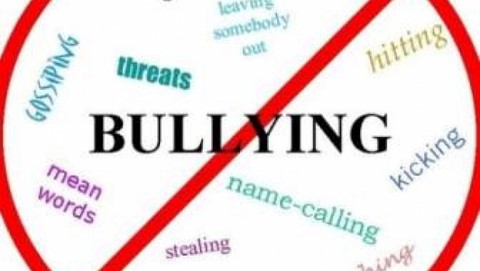Prevention of Peer Violence – Stop the Silent Epidemic
Preparation:
Course organisers will send to the participants list of materials related to the course topic they can read in order to prepare for the course. Organisers will assist the participants if they need information related to the accommodation, flight tickets or any detail necessary in organising the course.
Course description
Violence is the ongoing problem in many schools, and schools are supposed to be places with zero tolerance for violence. Violence became a silent epidemic in school, and everybody seems to be powerless about that problem. It is time that every school takes effective measures to prevent the violence. However, there is no use of solving the symptoms, but the real causes of the problem. This course tries to come to the essence of the problem; every student who has a tendency to be violent has his or her story that needs to be heard. How can we, as teachers or pedagogical workers, approach problematic students? How can we protect the victims? Why is somebody a victim, and somebody an abuser? Learn about the dynamic of this silent epidemic on this interactive course. We need to react today in order to protect the generations of tomorrow.
Methodology:
The methodological approach implicates:
- Ice – Breaking and Warm – Up Sessions
- Role - Playing
- Team – Building Sessions
- Group Discussions
- Debates
- Problem – Solving Activities
- Project – Solving Activities
- Questioning
- Goal – Setting sessions
- Decision – Making Sessions
- Action – Based Strategies
- Brainstorming
- Planning an Structuring
- Negotiation and Persuasion
- Self – Motivation Sessions
- Questionnaires
Objectives
- Raising awareness about violence in schools;
- Developing tools and techniques for innovative problem solving about the problems of adolescent violence;
- Focusing on the solution, not on the problem; psychological approach;
- Developing methods to tackle violence in elementary and high schools;
- Developing empathy;
- Exchanging experiences and cross-cultural practices in applying successful methods in dealing with violence
- Learning how to position yourself in potentially dangerous situations
- Gaining awareness of how to contribute to a violence-free environment
- Learning how to apply your theoretical knowledge in practical situations
- Improving creative thinking skills in order to function better in everyday situations
- Development of tools and techniques for innovative problem solving
- Learning how to educate yourself about the causes of adolescent violence
- Improvement of language and communication skills
- Increased capacity to cooperate on an international level
- Getting practical ideas for reacting in challenging situations
- Enhanced intercultural awareness, and getting to know how other countries deal with the same problem
Follow-up
Trainees will be given soft and hard copies of all lesson materials, which they presenting to their colleagues at their own organizations to generate interest in 21st-century teaching methods with creative thinking. In addition, a mailing list of participants will be created in order to exchange ideas/experiences. Self-evaluation materials will be provided. At the end of the course the participants will accomplish a questionnaire in order to get a detailed feedback for the effectiveness of the training event.
Programme of training activities day-by-day:
Day 1 – MONDAY
- Welcome and registration
- Introduction to the prblem of violence in schools
- The role of teacher in potentially dangerous situations; Discusion
Day 2 – TUESDAY
- The disadvantages of zero tolerance environment
- Being innovative in problem solving; Project – based learning
- Learning how to respond to the disclosure of violence/child abuse and how to offer help to child-victim of violence /abuse.
Day 3 – WENDESDAY
- Ice – breaking and warm – up activities
- Roleplay: bullying scenarios
- Creating the models for dealing the violent situations
- What are the main areas of development in creating safe environment in schools
Day 4 – THURSDAY
- Institutions that are due to help the affected
- Practicing opening communication with a child in distress.
- Offering supportive communication and suitable protection to children in distress.
- Leading role-play workshops for teachers and parents.
Day 5 – FRIDAY
- Creative ways of spending time; Brainstorming
- Raising awareness about the problem; Creating the blog about the help to the victims·
- The importance of education about psychological help for parents of the victims and bullies
- Investing in educational programmes; The beauty of lifelong learning
Days 6/7 – SATURDAY and SUNDAY Workshops and Cultural/Sightseeing Activities
Day 8 – Monday
- Bullying trends: Bullying and cyberbullying
- Cyber safety, cyberbullying and cyber wellness
- How to recognize Cyber-bullying
- Sample Case Sceneries and Discussions - Social and emotional skill development
Day 9 – Tuesday
- Exclusion and humiliation in schools: The cause of the problem
- The importance of home education; Discussion
- Charasteristic of Cyber Bullies and Victims
- Real life situations: What is Cyber Bullyin Role – playing
- My 6 months' plan to decrease the violence; Project – based learning
Day 10 – Wednesday
- School Politics to deal with bullying
- Feedback, Course Evaluation and Dissemination Focus
- Awarding certificates of attendance





